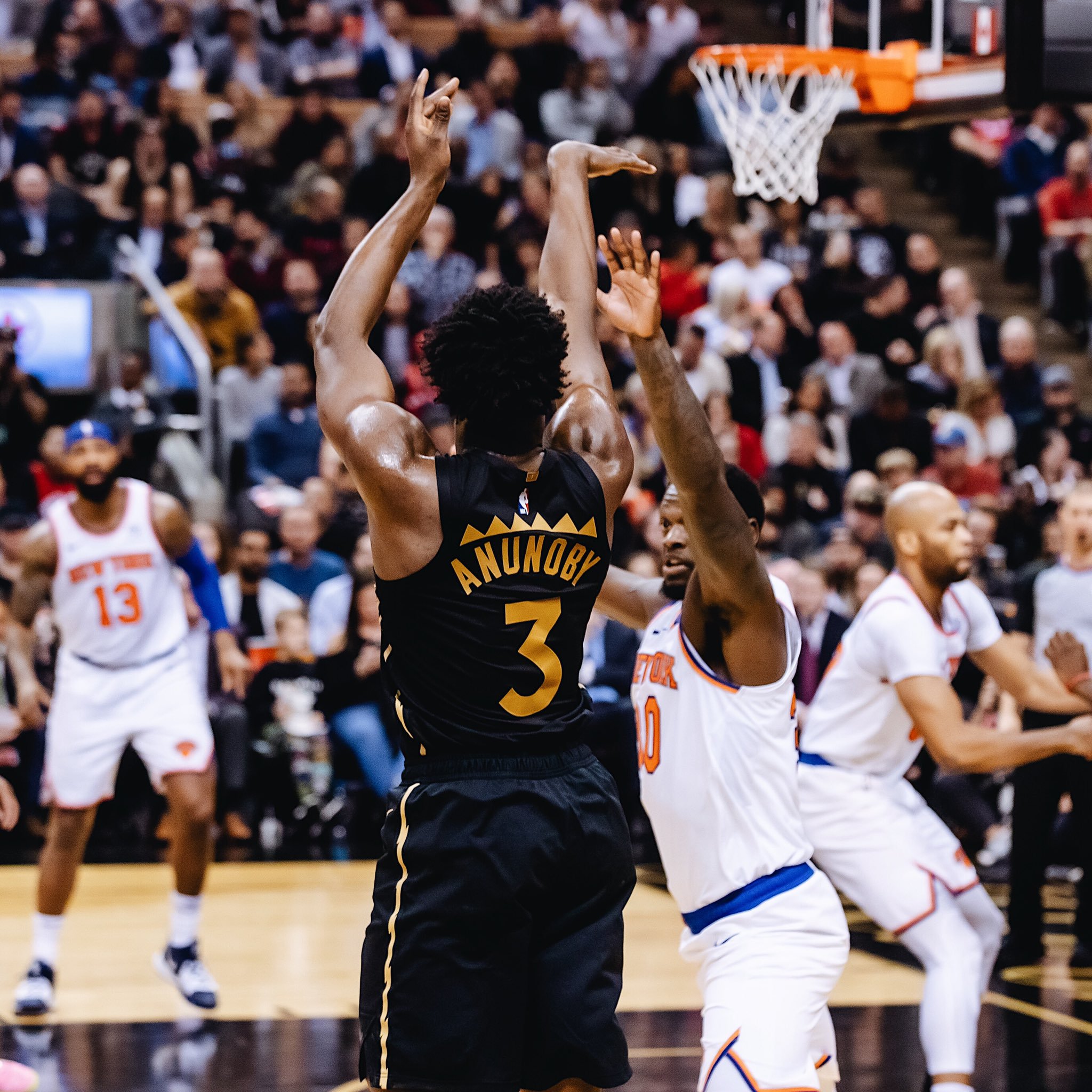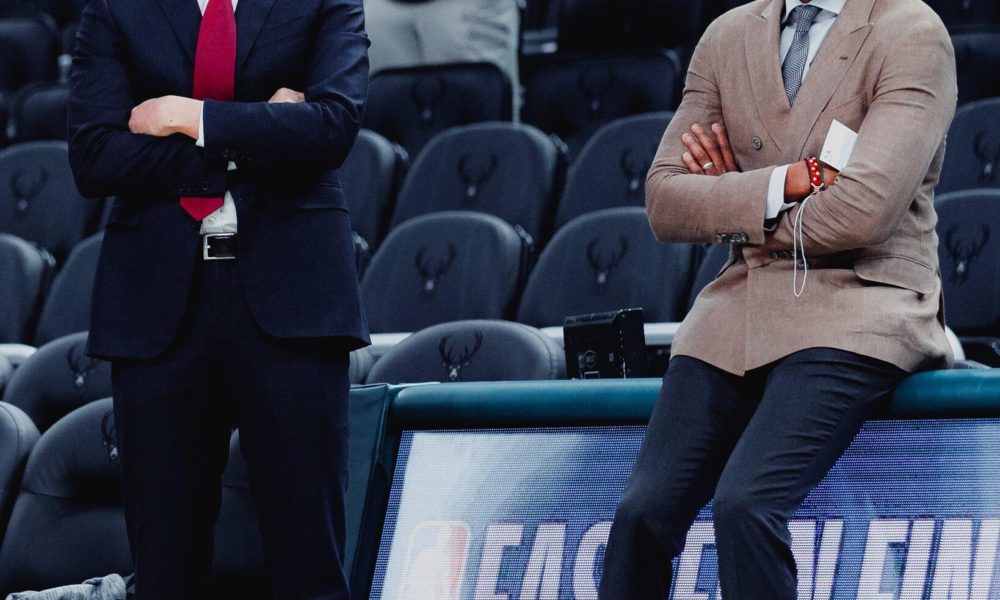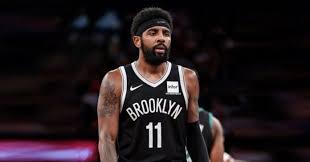This is the third entry in an ongoing series looking to predict how players and strategies of the Toronto Raptors will fare in the playoffs. The first entry, about Pascal Siakam, can be found here. The second entry, about Fred VanVleet, can be found here.
–
When I was young, I had a friend to whom everything came easily. He got good grades without studying. Girls loved him. My mom would ask him if he had cleaned his room in a flagrant attempt to shame me into doing the same. I knew, though, that the comparison was unfair to me. No matter my successes, they paled. It was an unfair standard.
For the Toronto Raptors, OG Anunoby is in a similar situation. He has made huge strides this year, turning into an All-NBA caliber defender, improving his jump-shot, and dipping his toes into the waters of self-creation. Compared to some of his teammates, namely reigning Most Improved Player Pascal Siakam, Anunoby’s improvements seem minor. This year Siakam improved from a non-shooter to a lethal onein record time. A comparison to Siakam, or even other Raptors like Fred VanVleet or Norman Powell, is not fair to Anunoby. No one really takes a Siakam-like jump; it’s not a fair standard to set for Toronto’s placid small forward.
And yet 2019-20 has been full of positives for Anunoby. His defensive ability has probably seen the largest leap. In his rookie year, he had some real successes, especially against LeBron James and James Harden. He showed ability at using his length to bother offensive players, and he was quick and strong enough to stay with virtually anyone. There were some small negatives; he made tactical lapses, especially in transition and against ball screens.
Fast forward to this season, and Anunoby has become one of the most fearsome defenders in the league. His defense is recorded in the box score far more often, as his 1.4 steals and 0.7 blocks per game are career highs, both more than double his previous highs. But he’s smarter and more aware of what’s going on around him. He is better able to navigate screens. His physical attributes have improved, too. He used to be a plus defender, and now he’s a terror who can win a whole game on the defensive end.
Anunoby snatched countless open-court steals, creating points out of thing air.
He turned into a star-stopper, able to sell out on a force side and then swallow players from a seemingly disadvantageous position. He combines team defensive positioning with individual disruption. His length, even compared to that of most stars, is outrageous.
Anunoby’s shooting has also developed at a steady pace. This year, he launched a career-high number of triples per game while connecting at a career-high rate. He quickened his release. The less he thinks, the better. He limited his use of a funky jab-step triple that threw off his rhythm and frequently resulted in a miss. Now when he has tons of space, Anunoby will often drive into it instead of pump-faking himself out of tempo. He even added a steady pull-up jumper that he used a few times towards the end of the shot clock.
And as a creator, Anunoby shows similar positive momentum. He has some passing chops, most impressively with dump-offs on the move, and he added a nascent pull-up game when driving around a screen. His handle can be sloppy, and he commits offensive fouls at a high rate, but those are identifiable weaknesses to solve. Earlier in the year, I dove into his growth in excruciating detail, which I won’t repeat here. He doesn’t get to flex those muscles all that often, but he showed a burgeoning ability to attack rotating defenses and score efficiently at the rim. This is what I wrote in January when I studied his driving game:
“Anunoby is fantastic as a finisher. There are a huge number of skills that could improve his ability to get to the rim. He’s already good, though. If he gets better at all of those skills together, he’s looking at an all-NBA career. That’s optimistic, but it’s a possibility.”
Of course, that improvement will take years and won’t factor into the 2020 playoffs. But an offense comprised entirely of an Anunoby shot in the restricted area would be the most efficient offense in the NBA. It’s a good result.
All of this backwards-facing analysis begs one question: what should we expect of Anunoby when the NBA returns?
The most negative element of Anunoby’s layoff is that he was among Toronto’s most consistent performers this year; of Toronto’s 64 games played, Anunoby started 62 of them (and played one more off the bench.) After a fractured and disjointed 2018-19, Anunoby thrived this year surely in part because so little changed for him from day-to-day. The COVID-19 layoff took Anunoby out of that comfort zone, as it did for everyone else.
On the plus side, the Raptors should be fully healthy when they return. And that means as much for Anunoby as anyone else on the team. Alongside elite talent, he is dramatically more effective. Anunoby both attempts and makes more per-possession shots from the restricted area or downtown when Kyle Lowry, Siakam, or Marc Gasol are on the floor. With all three healthy, Anunoby should be cozy and snug in his role, even if he hasn’t played NBA basketball for months.
Anunoby is not going to come back from the long layoff as Toronto’s new leading scorer. Those expectations don’t belong on his shoulders. As the Raptors round out the regular season and enter the playoffs, Anunoby’s season average of 10.7 points per game may well dip. With everyone healthy, and Fred VanVleet and Norm Powell improved this season, it’s unlikely that Anunoby starts and finishes every game in the playoffs. Anunoby averaged 30.1 minutes per game this season. That may be lower in the playoffs.
But because he’s such a lockdown individual defender, Toronto needs Anunoby on the floor to be at its best. If the Raptors survive into later rounds, their probable opponents will roster Giannis Antetokounmpo and either LeBron James or Kawhi Leonard. Anunoby will need to be Toronto’s primary defender against those players; Siakam carries too much weight on the other end to be Toronto’s primary star-stopper, too. And that’s the one area where Anunoby has stepped into a league of his own this season.
Anunoby’s jumper and creation abilities raise Toronto’s floor. His inconsistency there, though, can lower Toronto’s floor, too. If he can’t hit a shot or create for himself with the ball, then Anunoby will likely be on the bench when the game matters. Other players who can fill his minutes are offensive forces and capable defenders in their own rights. But Anunoby improved in those areas this season. And if he hits enough jumpers and drives through enough gaps, his defense lifts Toronto to the highest of highs. Anunoby’s season was understated but solid. He has not made a Siakam-like leap, but it’s an unfair standard against which to compare. However, if he stays solid enough to keep his world-beating defense on the floor, Toronto’s gain may be enough that Anunoby starts earning some of those unfair comparisons.




